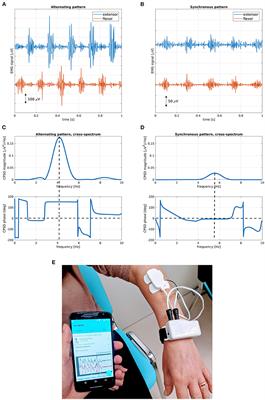EDITORIAL
Published on 27 Sep 2021
Editorial: Tremor Syndromes: Current Concepts and Future Perspectives
doi 10.3389/fneur.2021.752463
- 1,387 views
- 1 citation
27k
Total downloads
150k
Total views and downloads
EDITORIAL
Published on 27 Sep 2021
REVIEW
Published on 26 Aug 2021

REVIEW
Published on 09 Aug 2021

REVIEW
Published on 03 Aug 2021

REVIEW
Published on 26 Jul 2021

SYSTEMATIC REVIEW
Published on 28 Jun 2021

ORIGINAL RESEARCH
Published on 28 Jun 2021

SYSTEMATIC REVIEW
Published on 16 Jun 2021

MINI REVIEW
Published on 11 Jun 2021

ORIGINAL RESEARCH
Published on 09 Jun 2021

BRIEF RESEARCH REPORT
Published on 06 May 2021

REVIEW
Published on 26 Mar 2021